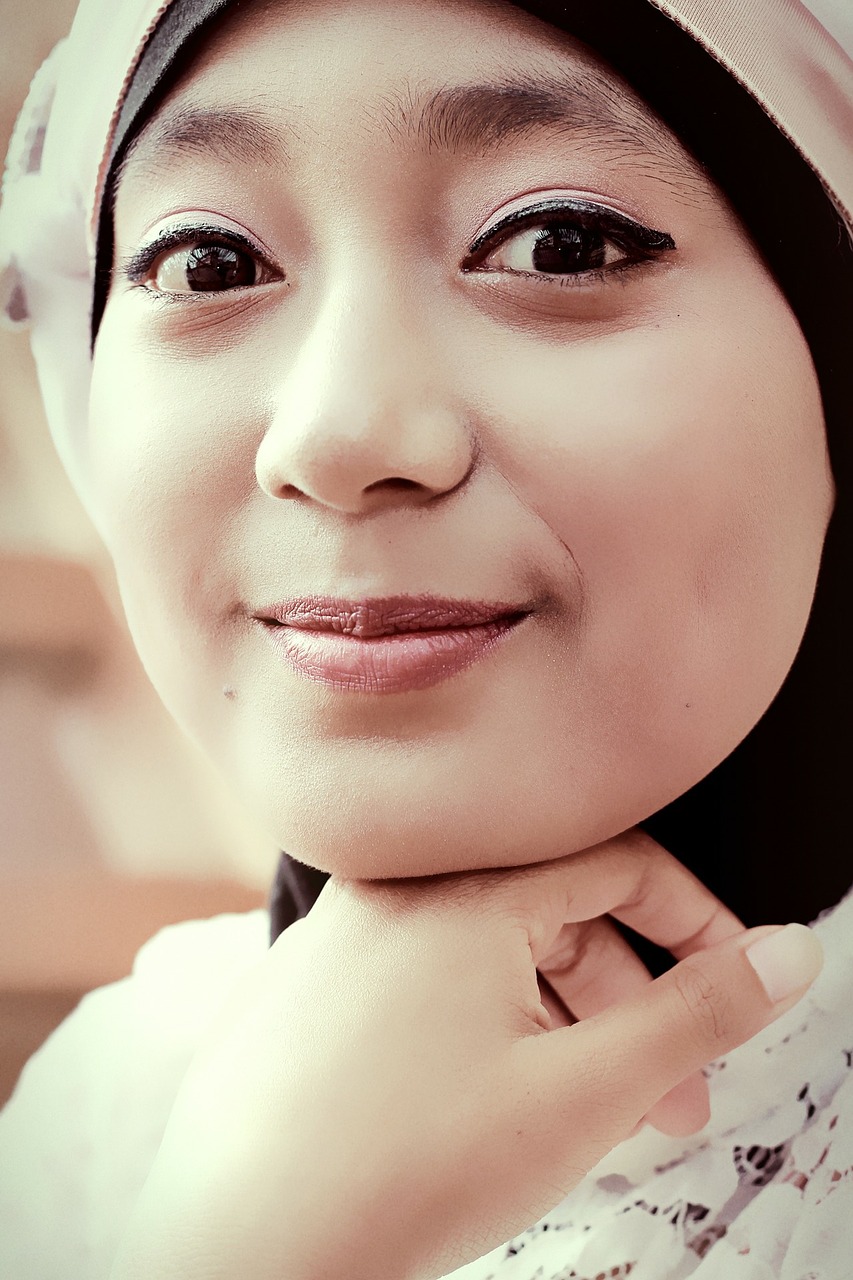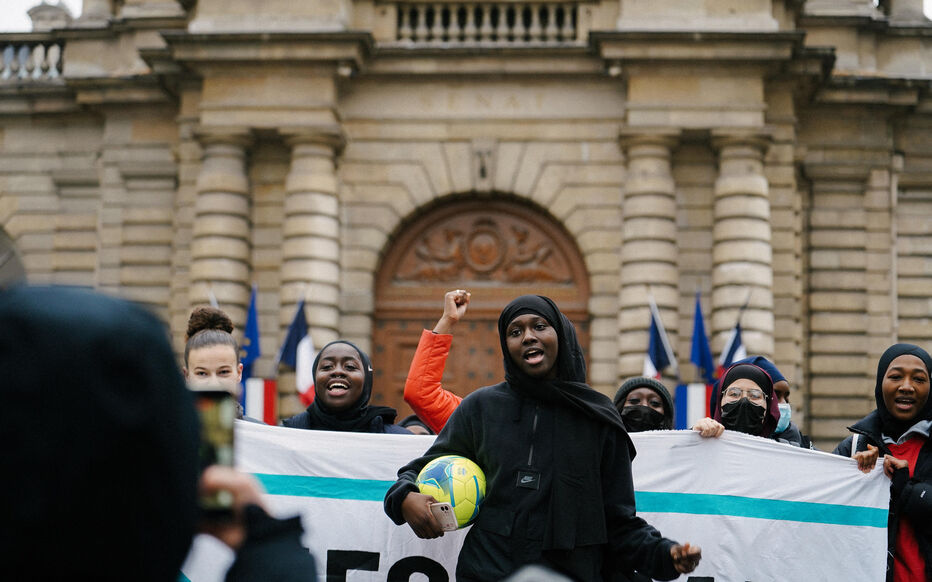The Muslims for American Progress NYC (MAP-NYC) project, launched in 2017 by the Institute for Social Policy and Understanding, sought to quantify the contributions of Muslims to New York City in part to counter the negative media portrayals of Muslims which are so prominent. Interviews were conducted with Muslims across the five boroughs of the city and quantitative data on the Muslim population was compiled and analysed. What emerges are the stories of Muslim women who, although often unrecognised, have driven significant civil change through politically organizing and making themselves visible. This mobilisation is motivated by a religious identity which calls on them to protect and love, and therefore tackle injustice.
New York City has an historic Muslim population (dating from at least the 17th century). 22% of Muslim Americans live in the city, making up 9% of its population. Muslim New Yorkers were found to make up 9% of medical doctors in the city, 12% of the state’s pharmacists, and 11.3% of the city’s engineers. 250,000 New York City children and teenagers are educated by Muslim teachers each year. They donated $608 million to domestic and international causes in 2016, in keeping with the Islamic tradition of zakat. About 1,000 Muslim officers work in the city’s police department, and Muslim New Yorkers are engaged at every level of civic life.
In the city, Muslim women, who are frequently framed as the poster children of stereotypes regarding Islam, have been significant (and often unrecognised) vehicles of civil change.
While often viewed as progressive, the city has been criticised for policies which target minority populations, including the NYPD surveillance program implemented after 9/11 and racial profiling by police officers. Civil rights activist, Faiza Ali, says that Muslims have recognised the power of political organizing and making themselves visible in local government in order to tackle these injustices.
Some Muslim women activists featured in the MAP-NYC project, such as Linda Sarsour, who helped organize the Women’s March, and the founder of MuslimGirl.com, Amani Al-Khatahtbeh, are well-known. Carolyn Walker-Diallo, a female civic leader and the first Muslim to become a civil judge in the city, are also well-known. Walker-Diallo gained notoriety when, despite online backlash, she took her oath of office on a Qur’ān. However, a lot of the advocates the project interviews are unrecognised.
Despite the unrecognised nature of some of their activism, their work has a renewed urgency during the time of Trump in which Muslims, and especially women, have become subject to increased profiling and discrimination. It is these conditions which have also seen a surge of Muslims who are running for political office.
Yet the work of many female Muslim activists began in the aftermath of 9/11. The attacks were a poignant call-to-action for the many Muslim women who lived in their vicinity. As one activist, Faiza Ali, who runs outreach to disenfranchised communities and directs part of her city council’s budget, said, “My Muslim identity was forced to be front and center” after the attacks. Debbie Almontaser, an educator and community leader, built relationships with the mayor’s office, advocating for a “know your rights” campaign which trained Muslim communities on how to respond to profiling and surveillance from law enforcement. Ahsia Badi volunteered on her community board to increase Muslim representation and encouraged Muslims to become more politically active within the city.
Writing for religionandpolitics.org, Becker explains the mobilization of these women; “These women all recognized that Muslim voices were largely absent in local government, so they raised their own. Beneath their initial impetus for engagement, however, lies a deeper stimulus”. This stimulus is religious identity, which “motivates their political action” and has not be thwarted by the “hostile sociopolitical atmosphere” in which they find themselves. As Faiza Ali says, “Islam is the moral and spiritual guide” which has taught her the responsibility “to protect and love”. She says, “My calling came doing work in the community in different ways, in local government. There is a need for representation on all levels”. This is a sentiment echoed by the other women interviewed in the project.
While there has been an upward trajectory in the inclusion of Muslims in local level activities, it has not been an easy process and it is one that faces continued challenges, a recent one being the travel ban, which is considered “a serious hit to inclusion”. Debbie Almontaser considers it one of the most difficult moments she has faced in her two decades as an advocate and political organiser. “The one thing that has been the silver lining are all the relationships that we formed and the coalitions we built were readily available to prepare and execute actions on the ground for the assault by the Trump administration”, she says.
Becker writes, “These women at the forefront of civic life in New York City show that their faith does not constrain them, but in fact, emboldens them”. As Almontaser says, “I am a living testament of what Islam says about women”.
Sources
Becker, E. (2018) ‘How These Muslim Women Became NYC Civic Leaders’. [online] 21 August. https://religionandpolitics.org/2018/08/21/how-these-muslim-women-became-nyc-civic-leaders/. [Accessed 2 September 2018].






